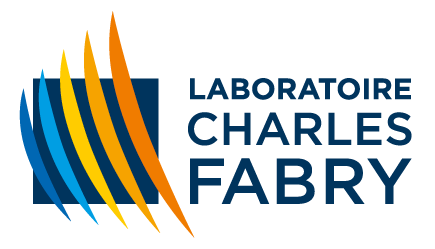Thesis defense of Félix BARDONNET
- Soutenance de Thèse
- Evénement scientifique
Thesis defense of Félix BARDONNET, PhD student in the Nanophotonics group, on Monday 13 February 2023 at 1.30pm in the Auditorium of the Institut d'Optique in Palaiseau, on the topic: "Study of the improvement of the optical performance of CMOS image sensors in the near infrared".
Abstract: "To meet the demand for many new applications such as facial recognition, virtual reality or LIDAR (Light Detection and Ranging), new CMOS (Complementary Metal Oxide Semiconductor) image sensors operating in the near infrared have been developed in recent years. The main reason for working in this wavelength range is that this light is invisible to the human eye, not least for security reasons. The major problem that emerges is the low absorption of silicon in the NIR, which is the central element of photodetection in these sensors, making their optical performance poor and limiting the various applications.
The work in this thesis therefore aims to improve the optical performance of CMOS image sensors in the NIR, and more precisely at the 940 nm wavelength which is used for most of the applications listed above. We focused on the two main optical parameters of these sensors: Quantum Efficiency (QE) and cross-talk, which is strongly related to the Modulation Transfer Function (MTF) of the sensor.
This thesis was first of all part of the design of a new technological brick within the STMicroelectronics company, allowing us to considerably increase the EQ of our sensors in the near infrared, called structuring. This involves etching structures into the silicon so that the light entering the pixel is diffracted in the photodiode, increasing the optical path in the photodiode and therefore the absorption. Using a FDTD (Finite Difference Time Domain) simulation tool, we were able to see the impact of these structures on our various optical parameters. These simulated results were then confirmed by several measurements. Although extremely beneficial for the EQ, this solution degrades the cross-talk or MTF, revealing a compromise between these two parameters. Secondly, as we could not initially predict the MTF of our sensors, we decided to work on a new methodology to simulate this optical parameter based on the technique used for the measurements: the sloping edge method. We are now able to predict the trends of this parameter, which allows us to evaluate in advance the trade-off between EQ and MTF for the different structures engraved on our pixels. Finally, light confinement solutions within the pixel have been studied theoretically (only in simulation) in order to improve these two parameters simultaneously, thus giving some perspectives for the future of near-infrared image sensors."
